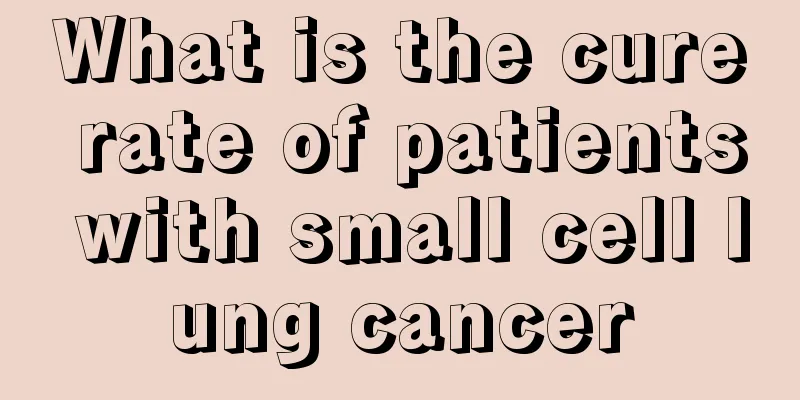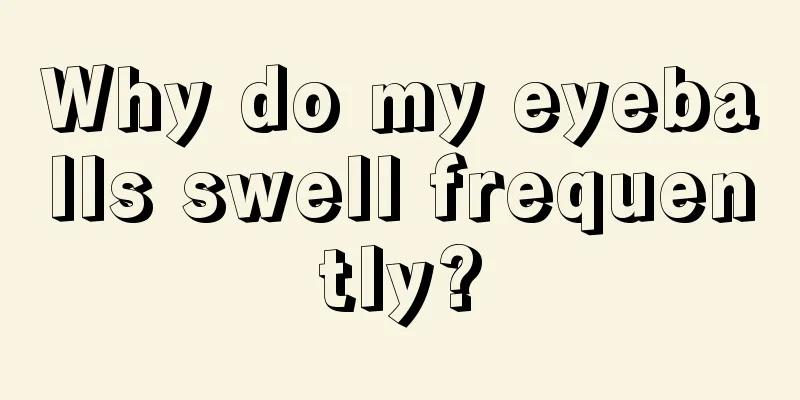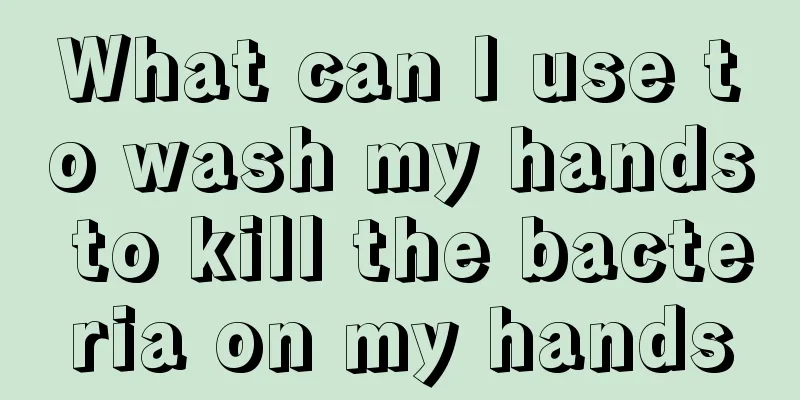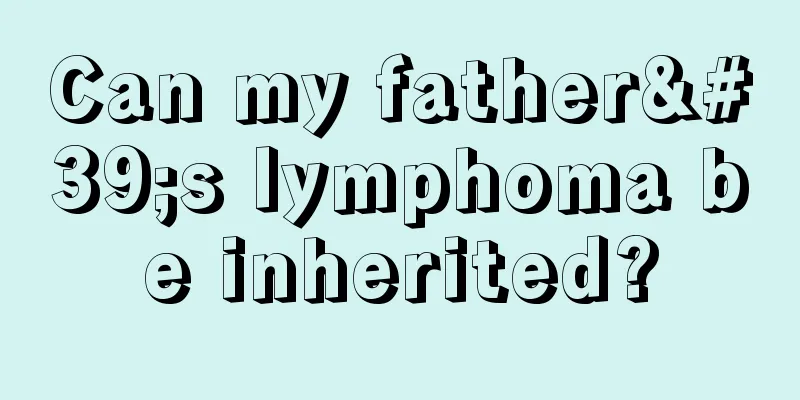How to deal with a wrist cut
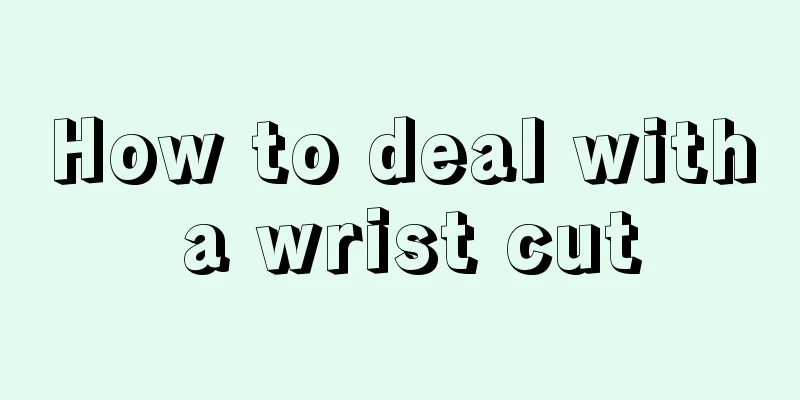
|
In our daily life, we often come into contact with sharp knife products, especially for housewives, who have frequent contact with kitchen knives when cooking and cutting vegetables. If you are not careful, it is very easy to cut your wrist, causing heavy bleeding in the wrist. If not treated in time, there is also the possibility of suppuration and inflammation of the injured area. So how should you treat a wrist cut? (1) General wound treatment: Wash your hands and clean the wound with boiling water; 2. Apply disinfectant, such as hydrogen peroxide. Too harsh disinfectants or anti-inflammatories can damage wound tissue, so use them with caution; 3. Cover with sterilized gauze and secure with a bandage. (2) Emergency treatment of severe wounds: 1. Compression hemostasis method: directly press with gauze, handkerchief or towel Hold the wound tightly and bandage it up. This can provide temporary relief. 2. Hemostasis point acupressure method The so-called hemostasis point is the point of the artery near the wound and close to the heart. Find the hemostasis point and press it hard to let the blood flow from the heart. The blood flowing out of the dirty tissue cannot flow smoothly to the wound, reducing the amount. 3. Tourniquet method: When the bleeding is severe and does not stop, tie a cloth strip, triangular bandage or rope around the bleeding point and tie it tightly; loosen it slightly every fifteen minutes to stop bleeding. Avoid tissue necrosis. It is best to seek medical attention within forty minutes. Guidance: (3) If it is a small wound, you can rinse it lightly with clean water or saline (rinse around the wound in a circular shape), then disinfect it with a cloth and bandage it. Do not use cotton. Please use clean gauze. When the wound is clotted, you don't need to bandage it. If it is a very large wound, do not rinse it. Stop the bleeding first and then cover it with clean gauze. Do not clear the blood clot forcefully as this will cause a second wound. Recommendation: Eat more foods containing vitamins A and C, because vitamin A can promote wound healing. It is mainly found in foods such as fish oil, carrots, tomatoes, etc., while vitamin C exists in various vegetables and fruits. Jujubes and peppers are sources of vitamin C. In addition, you can also eat more protein, because increasing protein in the diet can promote wound healing and reduce the chance of infection. Foods rich in protein include various lean meats, milk, eggs, etc. But be careful to eat less musk deer meat, fermented bean curd, onions, peppers, leeks, etc. because they can easily cause infection and are not conducive to wound healing. |
<<: How to relax your wrist when playing the piano
>>: Does a broken wrist require surgery?
Recommend
What are the symptoms of anaplastic thyroid cancer? What are the main manifestations of anaplastic thyroid cancer?
Symptoms of undifferentiated thyroid cancer: Undi...
Reasons why rectal cancer is easily misdiagnosed
Rectal cancer is a common malignant tumor in the ...
Symptoms of bladder cancer metastasis
Bladder cancer is a malignant tumor that is prone...
What are the dietary remedies for skin cancer patients
Traditional Chinese medicine mainly uses local tr...
The difference between electric hair and perm
I believe that many people often have beauty trea...
Which foods are good for preventing lung cancer? Three foods can effectively prevent the occurrence of lung cancer
Lung cancer is a relatively common disease in our...
How to use the moxibustion box?
Moxibustion is very familiar to many people, and ...
Long distance marathon heart rate range
Many people wear a heart rate monitor to detect t...
How to eliminate red and swollen acne
Acne is a very common thing in our lives. It trou...
How to care for baby eczema in summer
Hot summer is a season when people are more likel...
8 indicators to monitor health after 30 years old
Generally speaking, vascular age increases with p...
Reasons why men prefer to date mature women
Top 10 reasons why modern men prefer to date matu...
Complete list of dumbbell exercises
Fitness is a good way to exercise the body. It ca...
What are the key points of hamartoma nursing
What are the key points of hamartoma nursing? Ham...
What is the most effective way to treat cleft lip?
Chapped lips are quite common. There are many rea...


